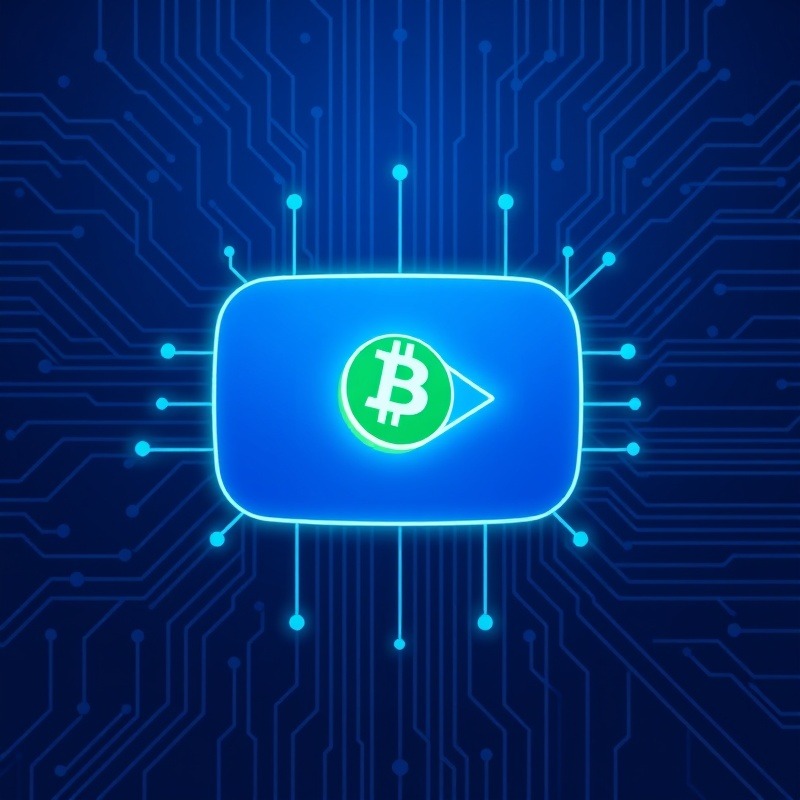
The Lightning Network: Unpacking its Significance
The Lightning Network is more than just a layer on top of Bitcoin; it represents a paradigm shift in the way we conceptualize payments within the cryptocurrency landscape. While its underlying principles are anchored in Bitcoin, its unique properties allow for rapid transactions that challenge our traditional notions of financial exchanges. Much like Bitcoin itself, the Lightning Network promotes a decentralized ethos, ensuring users retain control over their funds. For the professional investor, avid enthusiast, or novice trader alike, understanding the nuances of this network is vital in navigating the evolving landscape of digital currencies.
In 'Lightning Network: what is it? why should I care? what can I do with it? Enjoy bitcoin like its 2013', the discussion dives into the significance of this network, inspiring deeper analysis on its implications for the future of finance.
Revolutionizing Payment Speed and Costs
The promise of the Lightning Network lies in its ability to facilitate payments that are speedy and cost-effective. Unlike Bitcoin transactions, traditionally credited with long wait times due to block confirmation, Lightning transactions disrupt this norm by processing payments in under a second. This acceleration re-imagines consumer experiences; imagine attending a Bitcoin conference and purchasing a drink from a lightning-fast beer tap that dispenses instantly upon a digital payment.
Further highlighting its efficiency, the network drastically reduces transaction costs. Standard Bitcoin transactions incur fees from 4,000 to 6,000 satoshis, translating to approximately $3-$5, depending on market conditions. In contrast, the Lightning Network's payments often fluctuate between 30 to 150 satoshis, which can equate to mere cents. This pricing structure opens doors for microtransactions—unfeasible on the Bitcoin blockchain and previously impossible with conventional systems.
Pathfinding and Payment Channels: A Network of Connections
At the heart of the Lightning Network lies the sophisticated mechanics of payment channels. These channels facilitate direct payments between users in a system of voluntary bilateral agreements. When a payment request is initiated, nodes within the network calculate a viable route, akin to how Google Maps determines the best navigation to your destination. This route includes multiple intermediary connections, reminiscent of a bar tab where money can shift between participants without directly transferring funds. Such technology fosters anonymity and security while enhancing the speed of transactions.
Bridging Old and New: Lightning Network's Future and User Experience
The Lightning Network feels familiar yet atypical, embodying the raw potential that once characterized Bitcoin during its early days. Users witness the rawness of this system; from user interface shortcomings to sporadic transaction obstacles, navigating the Lightning Network can initially pose challenges. However, the adventure of engaging with this network mirrors the thrill experienced by early Bitcoin adopters—a communal exploration of what decentralized finance might achieve.
For educators, researchers, and learners, the Lightning Network not only deepens our understanding of crypto economies but also serves as a lesson in continuous innovation. Recognizing the experimental nature of this system evokes a sense of responsibility, encouraging users to explore new frontiers in financial autonomy.
Unlocking New Potential: Microtransactions and Digital Commerce
One of the most significant advancements the Lightning Network heralds is in the realm of microtransactions. The ability to conduct small payments effortlessly opens a pathway to new business models and economic practices. For instance, service providers can monetize content through tiny fees, allowing users to make one-penny transactions for accessing articles or participating in community platforms. Such models challenge the existing frameworks of digital commerce while nurturing financial inclusion.
Navigating Challenges: Adoption and Liquidity Risks
Notably, the Lightning Network also brings considerable challenges, particularly concerning liquidity. Financial channels require sufficient capacity to enable seamless routing, a facet that can complicate larger transactions. As the network scales and diversifies, participants must remain vigilant in managing connections to ensure optimal functionality, balancing convenience against the logistical realities of decentralized finance.
Final Thoughts: The Call to Embrace Lightning
As we stand on the threshold of an evolving financial paradigm, the Lightning Network beckons us to ponder its implications not just for our transactions, but for economic systems at large. Embracing this technology fosters a culture of innovation and experimentation within blockchain ecosystems—one where individual empowerment supersedes institutional control. For those keen on delving into this intricate dance of decentralization, engaging with the Lightning Network is both an adventure and an opportunity for growth.
Consider taking the plunge into this exciting realm. Explore microtransactions through dedicated platforms like BTC Pay Server, where small digital purchases illustrate the Lightning Network in action—helping you understand its broader implications on finance while supporting open-source initiatives. Your engagement in this journey contributes to the evolution of financial practice and knowledge, encouraging a collaborative effort towards financial freedom.
 Add Row
Add Row  Add
Add 




Write A Comment